Convert 6 Volt Car to 12 Volts
Article by Mark Trotta
In 1955, 12-volt electrical systems became an automotive industry standard. The reasons for this were two-fold. First, car manufacturers were producing new, higher compression V8 engines that needed more starting power. Second, new features such as power seats, power windows, etc, were putting more of a demand on electrical systems.
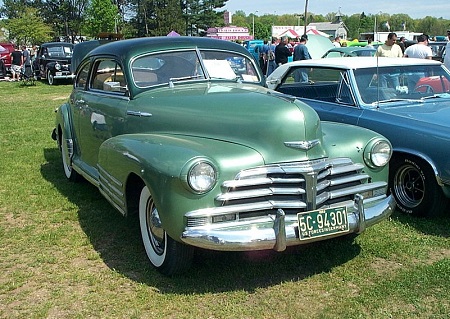
Before converting your 6 volt car to 12 volts, ask yourself a couple questions:
How often do you drive the car?
Is the motor stock or does it have performance mods?
Are you adding power accessories?
Power accessories would include items such as halogen headlights, LED taillights, or an aftermarket radio and amplifier.
____________________________________________
____________________________________________
Engines built prior to the mid-fifties have very low compression ratios, therefore should not have any problems starting with the original 6-volt system. This is providing the battery and wires (including battery cables) are in good shape, and that the motor has not been extensively modified.
8-Volt Battery
Some classic car owners have replaced their 6-volt battery with an 8-volt battery. This will give a little more starting power and not really hurt anything in the electrical system, although it may shorten bulb life.
When substituting an 8-volt battery, the voltage output needs to be raised. Many old cars have voltage regulators that are adjustable. A small adjustment to 8.9v to 9.4v should keep an 8-volt battery charged up.
12 Volt Benefits
Benefits of converting from 6 to 12 volts include brighter headlights, and the ability to add 12-volt accessories. Keep in mind, if your 6V system was not working correctly to begin with, the difference will seem more dramatic.
Engine Hard To Start
If you're having trouble starting your old car when the engine is hot, a 12-volt system will provide more cranking power. Keep in mind that there's probably underlying issues, such as needing a tune-up or possibly a rebuild. Out-of-spec valve clearances and worn points will make an engine hard to start.
Do I Need To Change The Wiring Harness?
A 6V wiring system and switches are more than enough to handle 12 volts. This is because they're heavier - 6 volts has to carry more amperage than 12 volts. Less volts means more amperage. Changing to 12 volts cuts the amperage load approximately in half.

The problem is that most 6-volt wiring harnesses are now 50+ years old and usually cracked and frayed. Chances are it needs replacing anyway. But if the wiring is in good shape, 6-volt wiring can be re-used for a 12-volt system.
12-Volt Battery
Make sure the new battery will fit! You may also need new cables to accommodate the different size battery. Don't forget to reverse the cables if your car was originally a positive-ground system.
Generator vs Alternator
If you are planning to add power accessories, such as a radio, electric cooling fan, power windows or power seats, halogen headlights, etc, you should really upgrade to an alternator. Generators simply cannot keep up with the amperage required.
One-Wire Alternator Conversion
Many old car enthusiasts who switch from generator to alternator install a one-wire alternator. These units are small. inexpensive, and easy to wire in. They also do away with the stock voltage regulator, as they have an internal regulator built-in.
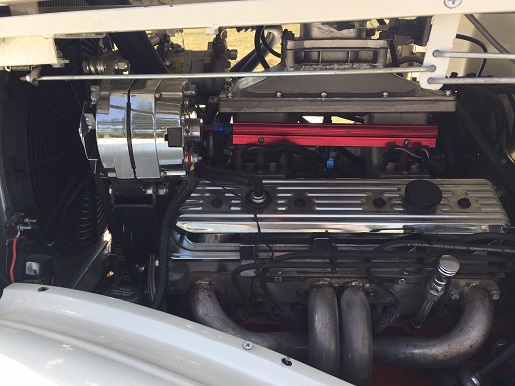
Switching from a generator to an alternator has one major drawback, and that is you lose originality. You'll have a brand new alternator under your hood, and depending on the condition of the motor, it may look out of place.
Alternator/Generator
If you have decided to change your 6V car to 12V, but want to keep things looking original, you can have the old 6-volt generator converted to 12-volts. This is done by replacing the field coils with 12-volt coils. Unfortunately, there aren't many electrical shops that offer this service. You will also need to replace the old voltage regulator with a 12v unit.
Several aftermarket companies, like PowerMaster Performance, offer an alternator that looks like a generator. You get the traditional look of a generator, but it's actually a 12-volt alternator that produces 65 amps at idle, and 90 amps at highway speeds.
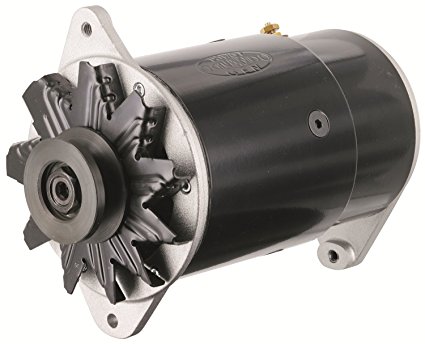
Starter Motor
Automotive starters are heavy-duty electric motors designed for short, intermittent bursts of voltage. After installing a new 12 volt battery and solenoid, the old 6-volt starter is often retained. This shortens the starter's life, but if your engine starts quickly, a 6V starter can last a decent amount of time in a 12V system. On the other hand, if your engine has to be cranked for long periods to start, this will put a burden on the old starter, causing it to wear out prematurely.
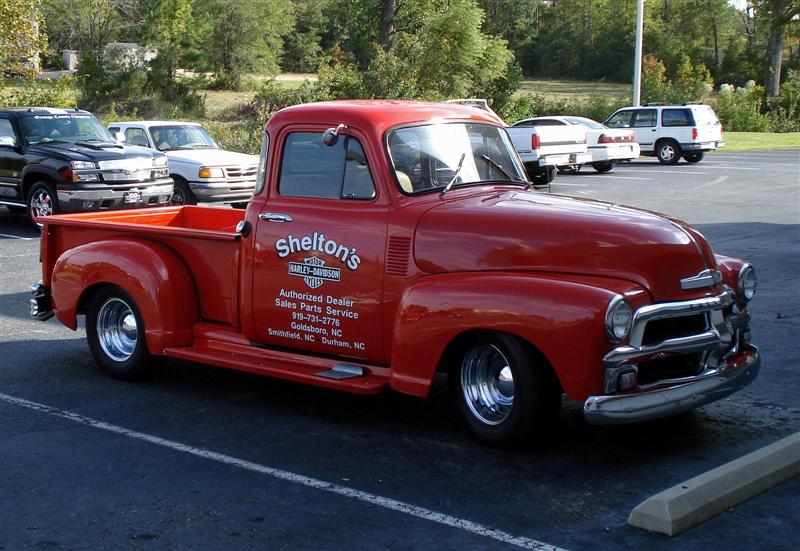
Light Bulbs And Switches
Headlights, tail-lights, parking lights, dash lights, dome lights - all these bulbs must be replaced with 12V bulbs. You can re-use your headlight switch, brake-light switch, and high-beam switch. They will work in either a 6v or 12v system.
____________________________________________
____________________________________________
6v to 12v Gauges
If your gauges are mechanical, there's no problem. If they are electrical, a voltage reducer can be added to make them work correctly. If you have warning lights on your dash, the bulbs must be changed.
Voltage Reducer
Even after 12-volt systems were introduced, Ford retained their 6-volt gauges for many years, right up into the seventies. Instead of manufacturing new gauges, Ford designed a voltage-drop regulator, also known as a voltage reducer. These are easily obtainable, as they were used on many years of Ford cars and trucks.
Blower Motors and Wiper Motors
Aside from starter motors which are used in short spurts, electric motors designed to run on 6 volts won't last long on 12 volts. A voltage reducer would help, but it's better to replace the 6v motors for 12v ones.
Turn Signal Flasher
If you have turn signals on your 6V vehicle, the old flasher must be changed to a 12V type. This will allow the signals to "blink" correctly.
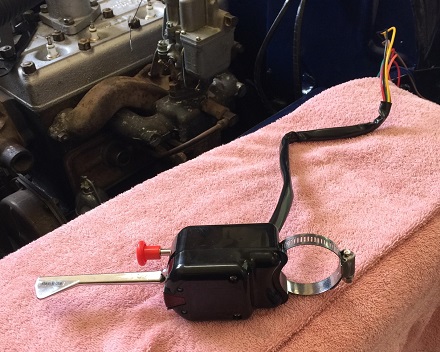
Read: Add Turn Signals To An Old Car
6v To 12v Horn
Most 6-volt horns will not work very long on a 12-volt system. This is an easy fix. Replacement 12-volt horns are plentiful and cheap.
Points Distributor and Ignition
The ignition points themselves will work with either 6v or 12v, but the points condenser should be changed. And swap the old coil for a 12 volt coil. They have more windings and will last much longer.
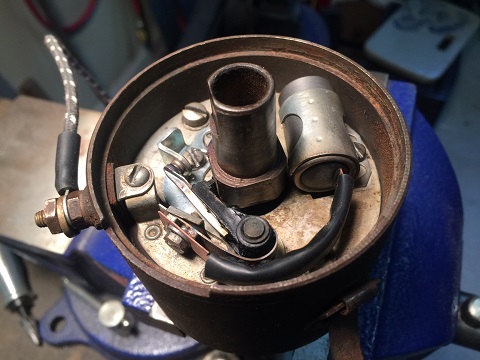
Read: Points vs Electronic Ignition
Ballast Resistor
Some 12v coils need a ballast resistor, and some don't. If the coil that you're using requires one, install it between the ignition switch and the coil. Be sure to mount it away from other wires or anything flammable as it gets hot. They are usually mounted on the firewall above the engine.

*************************
Related Articles: